China’s COSCO Shipping Company Expands Activities on Northern Sea Route
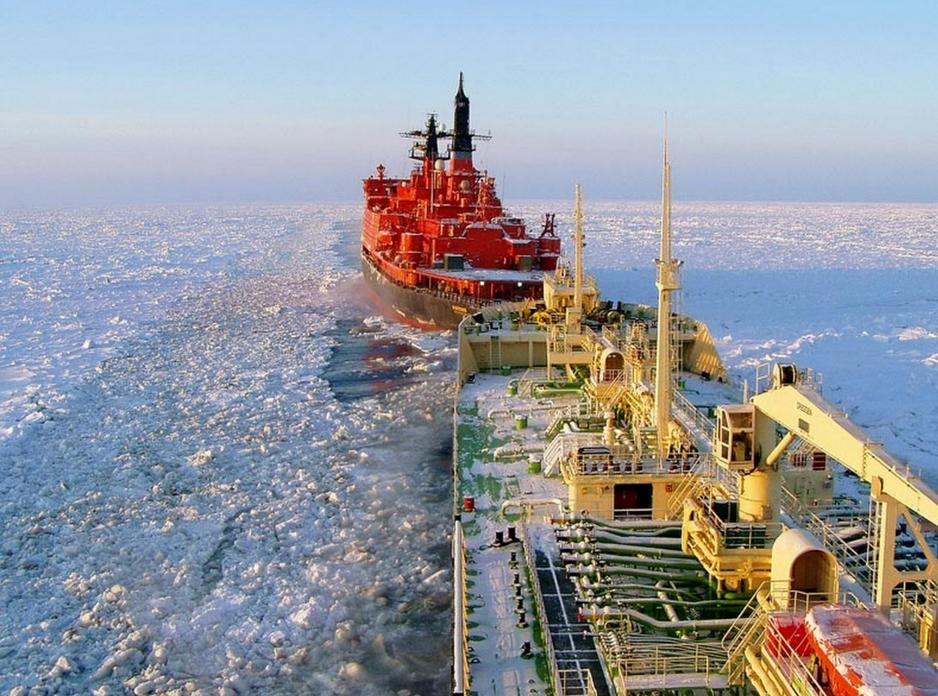
Chinese shipping company COSCO has sent five vessels through the Northern Sea Route (NSR) this year as part of its Arctic voyage program “Yong Sheng Plus.” This represents the first time that a foreign-flagged operator has sent more than three vessels through the route in a single season.
Normalization of Arctic Shipping?
According to COSCO this year’s program is just the beginning of further expanding the scale of its commercial operation along the NSR and normalizing operating patterns to offer regular and faster line services for its customers.
“The COSCO voyages this summer indicate a serious intent on the part of the Chinese government, via a state-owned company, to take advantage of increasing Arctic shipping routes”, explains Michael Byers, Canada Research Chair in Global Politics and International Law at the University of British Columbia. He further elaborated that China’s activities in the Arctic occur within the bounds of international law and that it coordinates with Russia, which holds jurisdiction over the route. Byers, however, cautioned that the “increased traffic [...] creates a need for international agreement on stronger environmental protections, including a ban on the use of heavy fuel oil in Arctic waters.”
COSCO’s Arctic “Fleet”
COSCO’s activities under “Yong Sheng Plus” began on July 16th and are expected to conclude sometime in early October. The company’s multipurpose vessel Yong Sheng (International Maritime Organization [IMO] Number 9243813), which previously sailed the route in 2013 and 2015, departed from the North Chinese port of Tianjin (see map) on July 16th delivering wind turbine equipment to the United Kingdom. After stops in Hamburg, Germany on August 22nd and Bremerhaven, Germany on September 2nd it departed Sheerness, United Kingdom on September 8th to begin the return voyage back to Dalian, China via the NSR where it is expected by October 4th.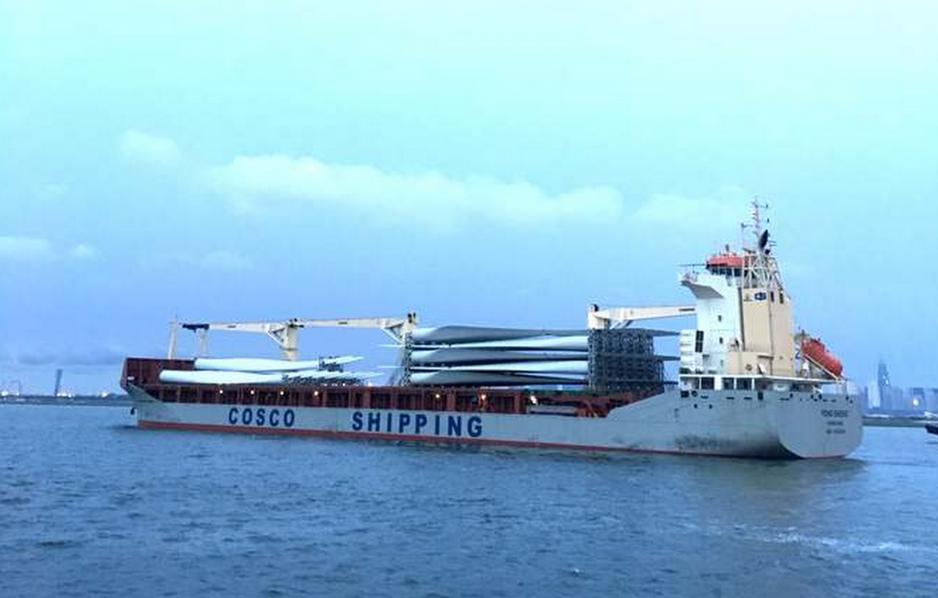
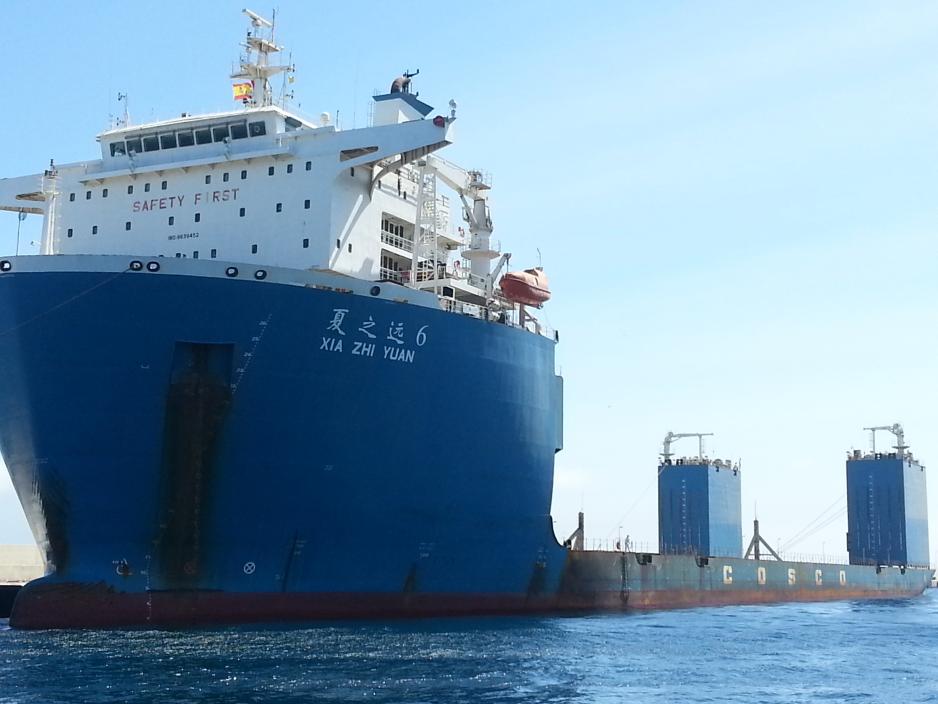
The operator’s multipurpose heavy lift vessel Tian Xi (IMO 9704764) departed on an eastbound voyage through the NSR from Rauma, Finland on July 30th. After a port call in Kotka, Finland, on August 5th the vessel arrived back in Qingdao, China on September 14th. COSCO did not release information about its cargo.
Shortly behind Tian Xi, COSCO’s semi-submersible Xiang He Kou (IMO 9752656) also traveled the NSR eastbound passing through Gibraltar on August 4th, calling port at Sabetta on August 21st and arriving back in Qingdao, China on September 17th.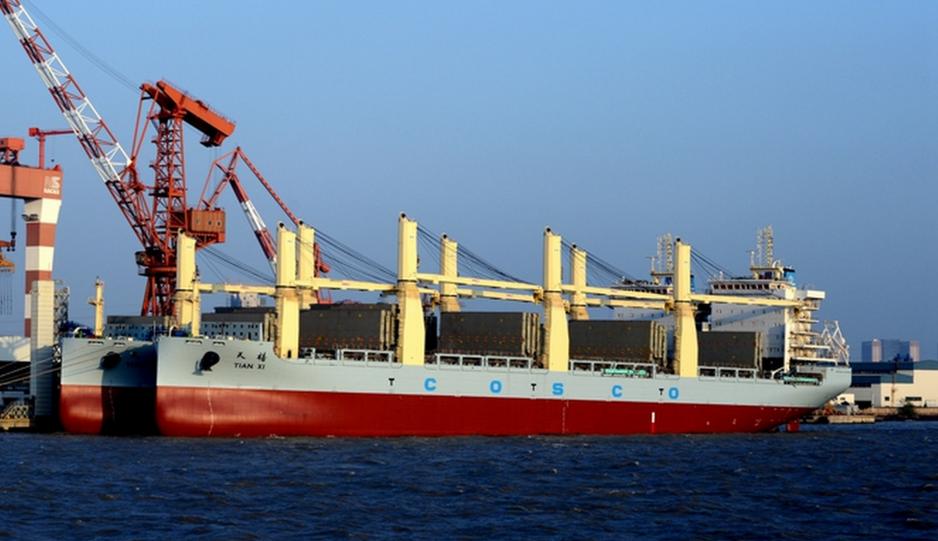
Meanwhile, COSCO’s semi-submersible Xiang Yun Kou (IMO 9483097) departed port facilities at Qingdao, China on August 29th and arrived at the Russian port of Sabetta on September 19th. The vessel, with a deadweight of 48,000 tons, delivered three modules for the construction of Novatek’s liquefied natural gas project currently being build near Sabetta. According to COSCO, the vessel’s journey will be nearly 7,000 nautical miles and 24 days shorter than sailing via the Suez Canal. As of September 25th the vessel remains, together with about a half-dozen foreign-flagged vessels, outside the port of Sabetta. It is expected to continue its journey westward and return to China later this fall via the Suez Canal.
Table: Summary of COSCO vessels and routes
Roundtrip | Westbound | Eastbound | ||
Yong Sheng | Xia Zhi Yuan 6 | Xiang Yun Kou | Xiang He Kou | Tian Xi |
Length: 159.99m Breadth: 23.70m Deadweight: 20,000t | Length: 195.2m Breadth: 41.5m Deadweight: 38,000t | Length: 216.7m Breadth: 43m Deadweight: 48,000t | Length: 216.7m Breadth: 43m Deadweight: 48,000t | Length: 189.99m, Breadth:28.5m Deadweight: 36,000t |
July 16 Tianjin | July 27 Tianjin | Aug 29 Qingdao | Aug 4 Gibraltar | July 30 Rauma |
Aug 22 Hamburg | Mid-Aug Bering Strait | Sep 19 Sabetta | Aug 21 Sabetta | Aug 5 Kotka |
Sep 2 Bremerhaven | n/a Sabetta | Return via Suez Canal | Sep 17 Qingdao | Sep 14 Qingdao |
Sep 8 Sheerness | Sep 14 Zeebrugge | |||
Oct 4 Dalian | Sep 26 Suez Canal | |||
Source: COSCO [1] [2] [3] [4], Marine Traffic and Vessel Finder
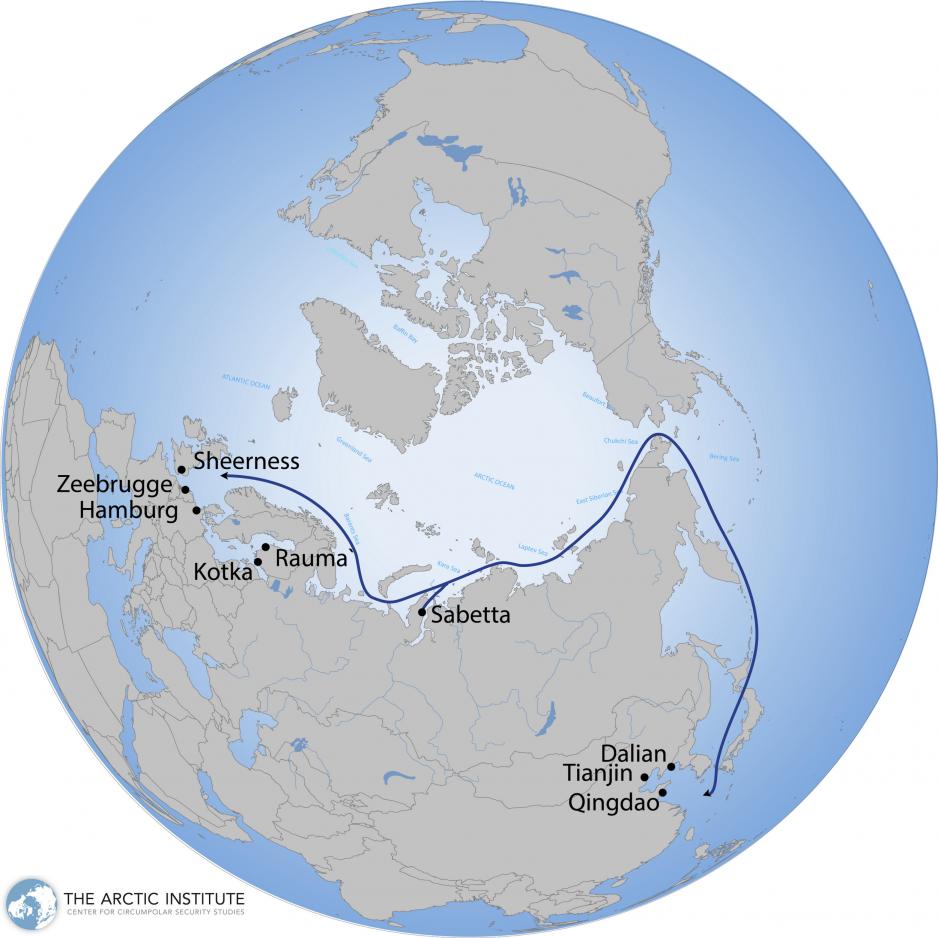
Focus on Natural Resources
While COSCO’s activities this summer may represent a sustained effort to expand service on the route, experts caution that any normalization of traffic will not include trans-Arctic container ship voyages. Lawson Brigham, Professor of Geography and Arctic Policy at the University of Alaska, Fairbanks stresses that the NSR’s primary purpose will be to transport natural resources produced in the Russian Arctic to the global markets, especially once “the Sabetta LNG terminal is fully operational and new regional mines are functioning.” Brigham explained that the future of the route lies in the transport of “commodities using tankers, bulk carriers, and LNG carriers.
COSCO’s foray into the Arctic is likely welcome news to Russian authorities who aim to achieve a manifold increase of traffic on the route over the next four seasons. According to Nikolay Patrushev, Secretary of Russia’s Security Council, traffic could reach 65 million tons by 2020. While experts see such estimates as overly optimistic, COSCO’s activities on the NSR this summer indicate that shipping in the Arctic is likely to witness continued growth.
